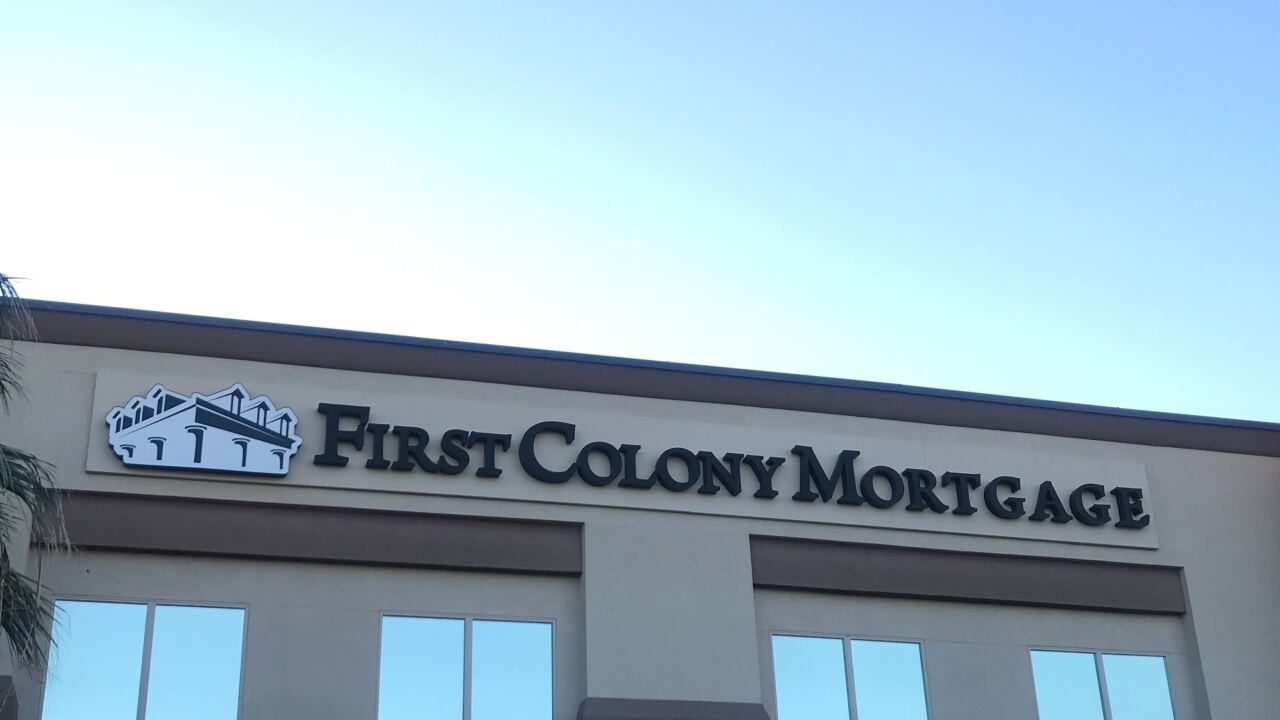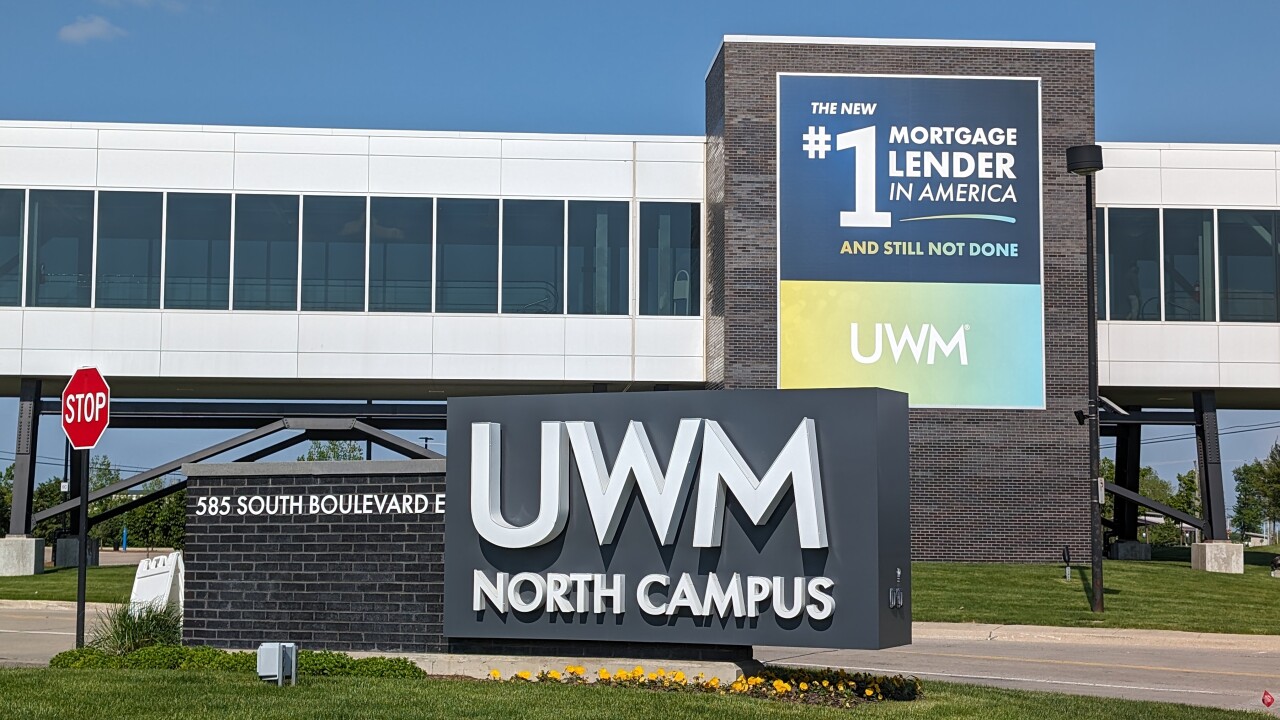
Any banker or borrower who has attended a mortgage closing understands the benefit of electronic signatures, technology that lets users click to sign documents rather than hand-write their name dozens of times. Electronic signatures have been legal in the United States since 2000. But a lack of acceptance at the Federal Housing Administration and the Internal Revenue Service has prevented some lenders, even technologically advanced ones, from using the technology for any mortgage documents.
Wells Fargo sees this firsthand with the lenders from which it purchases loans. "For some lenders, having an inconsistent process across all products is not an option," says spokesman Jim Hines. "They're holding off implementing electronic signatures until they can offer them for all products."
This obstacle is in the process of being lifted. The IRS and the FHA are developing policies that will allow mortgage lenders and borrowers to electronically sign a variety of mortgage documents.
The IRS plans to allow e-signatures on a form that gives lenders permission to review borrowers' tax returns for income verification. The FHA is considering an electronic process for mortgages that incorporates e-signatures and matches policies in place at government-sponsored enterprises Fannie Mae and Freddie Mac.
Progress on these two initiatives has been slow, but mortgage industry insiders working on them are optimistic the changes will take effect this year. What is less certain, however, is the extent of the immediate and long-term impact the initiatives will have on encouraging more widespread adoption of paperless and e-signature technologies in the mortgage industry.
Vince Kasperick, president of online-only mortgage lender Aimloan.com, says his company recently began originating FHA mortgages, but that the additional document requirements, including e-sign, particularly given that most FHA borrowers are first-time homebuyers, may make these loans more difficult than GSE loans.
"My guess is they're going to require more loan officer time and processor time to help the borrower through the process," Kasperick says. "That's where the challenge is going to be. How do we originate government loans in a very efficient way so that we can offer really aggressive pricing? We've always run our business by competing on price and you need to be very efficient to be able to do that."
Last summer the Mortgage Bankers Association officials met with the IRS to discuss e-signature adoption for the 4506-T form that lets banks review borrowers' tax documents.
Since the MBA's advocacy efforts began in earnest, the IRS has developed two initiatives for the 4506-T — an e-signature policy that closely resembles the existing request procedure and an automated electronic transcript process.
With the e-signature policy, lenders will send an electronic version of the 4506-T to the borrower along with the other documents in the initial disclosure package. But rather than the current practice of printing, wet signing, and then scanning or faxing the form back to the lender, the borrowers will e-sign and return the 4506-T electronically with the other disclosures.
A group of 12 lenders has been using this procedure since July in a limited-scope pilot program, according to Jeff Knott, director of product management of Equifax Verification Services, which offers 4506-T services and was chosen to participate in the pilot program with e-signature vendor DocuSign.
The pilot program is scheduled to end on March 31. Later this year, Knott says he expects the IRS to open it up to all vendors and lenders in the mortgage industry.





